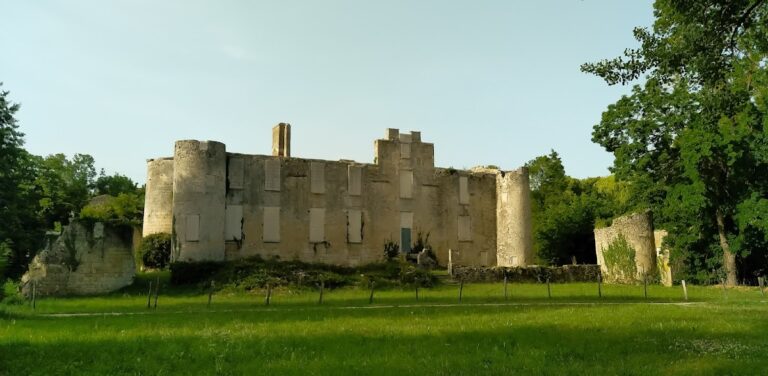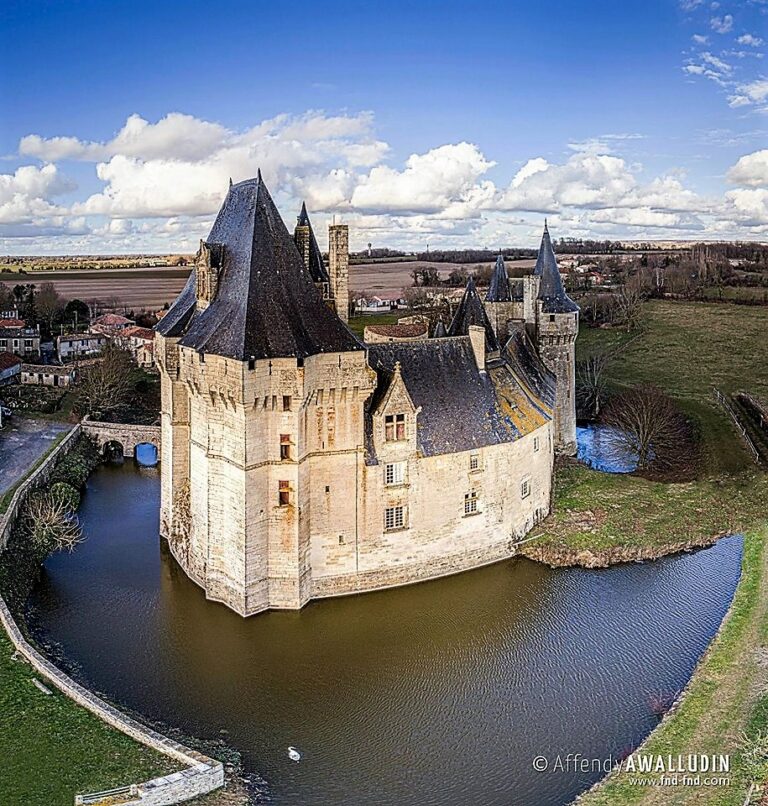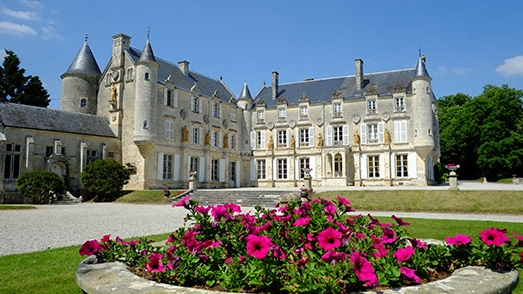Château du Coudray-Salbart: A 13th-Century Medieval Fortress in Échiré, France
Visitor Information
Google Rating: 4.5
Popularity: Low
Google Maps: View on Google Maps
Official Website: www.coudraysalbart.fr
Country: France
Civilization: Medieval European
Remains: Military
History
The Château du Coudray-Salbart is located in the municipality of Échiré, France, and was built in the 13th century by the local lords of Parthenay, who were allies of King John of England, known as Jean sans Terre. This medieval fortress was originally established as an English stronghold in the Poitou region during a time when English feudal influence extended into what is now western France.
The castle remained under English control until 1228, when the Poitou territory was brought under the French crown, marking a significant change in political authority. In the 15th century, the site is associated with Artus Brécart, who served as a squire to Duke Arthur III of Brittany and held the position of captain of the castle. By the mid-15th century, specifically around 1460, administrative records called the Prisée described the castle as being in ruins, indicating that its military or strategic role had greatly diminished.
Starting in 1978, the castle underwent a prolonged period of preservation led by volunteer groups, including the Amis du château du Coudray-Salbart and the Union Rempart association. These efforts also involved European volunteer workcamps aimed at stabilizing and restoring parts of the structure. Between 1991 and 1994, restoration focused on key areas such as the fireplace and staircases within the Bois Berthier tower and the Double tower.
Ownership of the castle was transferred to the Communauté d’agglomération de Niort in 2000, which assigned cultural and tourist management to the Amis du Coudray-Salbart. From 2005 onward, professional teams took over the restoration work, marking a shift to more specialized conservation. Significant restoration milestones included work on the Portal tower and east front from 2005 to 2007, the large tower in 2008 and 2009, the Bois Berthier tower between 2011 and 2012, and the beginning of restoration on the Moulin tower starting in 2014. The castle and its surrounding land have been protected as historic monuments through official decrees issued in 1952 and 1954.
Remains
The Château du Coudray-Salbart retains a well-preserved medieval layout that has remained essentially unchanged since its construction in the 13th century. Its distinctive almond-shaped spur towers, designed to strengthen the fortress’s defenses, are a notable feature that sets it apart from many contemporary castles. The overall style reflects military architecture of the period, organized around strong curtain walls intended to repel attackers.
Entrances to the fortress were carefully planned; the main gateway is located within a round tower, a design relatively rare in the western and northern parts of France, where square or rectangular gate towers were more common. Surrounding the castle’s enclosure is a covered vaulted gallery with a barrel vault—a type of simple, semicircular arch—running along the entire length of the curtain walls. This gallery is narrow, measuring between one and 1.3 meters wide, and functioned as a protected passage for defenders during siege.
The defensive walls also include machicolations, which are openings that allowed defenders to drop objects or pour substances down on attackers directly below. Known in French as assommoirs, these features are integrated into the walls, enhancing the castle’s protective measures.
Inside the lower courtyard of the castle, archaeological investigations have identified a bread oven, or four, indicating the domestic activities that took place within the fortress. Restoration projects have concentrated on structural elements crucial to the fortress’s internal function, such as the staircases and fireplaces within both the Bois Berthier tower and the Double tower. These elements have either been conserved or carefully restored to ensure their stability and to illustrate their original use.
Situated on the banks of the Sèvre Niortaise river, the castle lies about two kilometers north-northwest of the Échiré Notre-Dame church. The setting beside the waterway likely contributed to the site’s initial selection for construction, providing natural defense as well as access to a resource essential for the castle’s inhabitants. Today, the ruins remain a visible testament to its medieval origins, with many elements standing in situ following careful preservation efforts.










